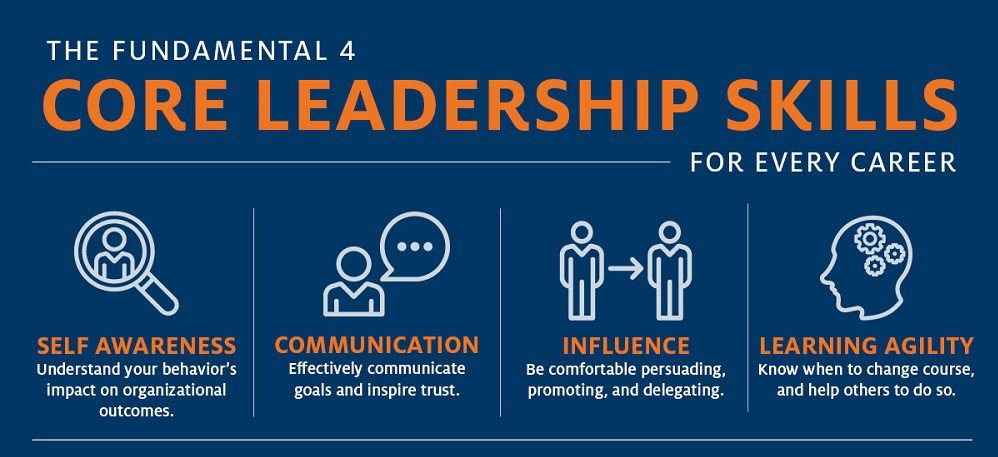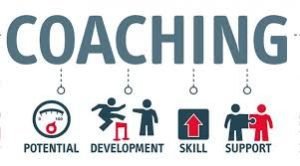What are business simulations?
Business simulations are highly interactive learning tools that provide a hands-on experience to the participants. They focus on practical methodologies like building skills while learning, improving knowledge on concepts, and allow to grow by looking at the bigger picture.
Such experiential learning ways to train participants in various fields can help engage them among themselves while doing their best for their own growth and development and at the same time, help the organization achieve its goals.
Business simulations can be chosen based on four major factors:
Technology
Simulations based on technology can be beneficial when avoiding paper-based simulations. They carry an ability to visualize the learning and can gather participant data. They simplify complex data to make learning an easier experience with more interactivity and personalization.
Response and Feedback
Simulations can create a realistic context but they can also respond to various inputs by the learners immediately or provide feedback once done. This is the input-response-feedback cycle. The inputs can be a financial decision or a dialogue or questions.
Responses can be in the form of visual prompts, financial calculation indicators, etc., such as a budget change. Feedback comes in the end when the participants see how their inputs affect the responses. For example, through a heat map or financial report, etc.
Realism
Unlike case studies or role-plays, simulations can replicate an external situation for participants to make decisions in a virtual environment which is realistic, so that they can make similar decisions in real environment on-the-job. A limitation to realism is that if taken to extremes, it may complicate the learning environment which may lead to a distracting or inappropriate application.
Process and Outcome-Focussed
Simulation-based learning involves a learning process which could be in the form of dialogue or competition, driven by the learners, and the final result. The outcomes can be intrapersonal, interpersonal, external, and related to business. The intrapersonal outcome implies whether the participants have learned anything about themselves.
Interpersonal is based on the question of whether the participants were able to cooperate, coordinate and develop relationships. Business based outcome checks whether the learners were able to create value. External outcomes involve information regarding how the learners’ decisions fit into the context of the organization’s values and the community and within the industry.
The most interesting fact about business simulations is that they require participants to implement what they learn in a risk-free environment. Thus, encouraging them to appreciate the business strategy and business management systems to improve skills, performance, and growth. In short, business simulations function as a bridge to fill the gap between theoretical learning and practical or real-life learning experience. For instance, the participants can make relevant decisions in a challenging environment or situation, similar to what their role demands at their organization.
Business simulations allow the learners to study the markets, its participants and act accordingly, based on their observations, strategically or operationally.
How do business simulations work?
Josh Bersin said that “Learners retain only 5% of what they listen and 10% of what they read, but they remember more than 50% of what they learn through discussion and interaction”.
They create learners who engage more
Interactive learning methods are useful to create more discussions, help in making learning fun while retaining more information and develop relevant skills.
Easy retention through immediate application
By immediately implementing the learned concepts, the participants learn by doing, thus, retaining more information quickly. This stickiness is beneficial for the transfer of knowledge in real-life situations at work.
Simulation helps abstract reality
Simulation games can help recreate real-world experiences that can be practiced by participants in a risk-free environment.
Learners get more empowered
Participants can understand how the businesses work in a much detailed manner, by taking control and making choices differently.
Business Simulations prepare participants for real-world problems
By the time learners encounter similar situations in their business environment, they are equipped with skills and techniques to be well-prepared for real-life issues.
Business simulations can be blended
Through live classrooms, eLearning sessions, virtual classrooms or blended deliveries, business simulations can be delivered to the learners. The delivery experience can be chosen based on the choice of the participants at various levels.
They build networks
Business simulations promote the formation of vast communities or networks of learners who can interact with each other.
Why use business simulations?
Business simulations come with several benefits, but here are the key reasons why they should be used for teaching concepts:
Business simulations can imitate the on-the-job learning style
According to many researchers in the corporate training world, more than 70% of what participants learn comes from experience, 20% is learned through interactive learning, and 10% is due to traditional learning methodologies, which may include reading and case studies. Business simulations can imitate real-life situations and be useful in replicating on-the-job.
They provide risk-free decision making
Business simulations allow participants to experience learning in a realistic but risk-free environment. This means that the learners get opportunities to make decisions and mistakes which do not cost the organizations. Without any fateful consequences, the participants can change their behaviors and attitudes according to the situation by learning from experience.
Business simulations are realistic
By replicating realistic market environments, business simulations can be an effective tool for learning by using real and complex situations and implementing the same in corporate environments. The success of simulation is when there is no difference between the game simulation and the real business.
They help participants use their time effectively
Simulations come with limited time, which creates an environment for quick decision-making. In this way, the learners are forced into making decisions under pressure but also ensure that the right decision is made within the deadline.
Simulations create a common culture among the learners
There is no better tool than business simulations to create a common goal for a group of learners. Through teamwork, the participants can think and act together to make decisions and resolve conflicts.




 For this, students can join vocational programs in Finance and Analytics from reputed institutions. Imarticus is one such renowned organization that is offering courses in these subjects to train students and make them job-ready for the business world. By learning these courses students get:
For this, students can join vocational programs in Finance and Analytics from reputed institutions. Imarticus is one such renowned organization that is offering courses in these subjects to train students and make them job-ready for the business world. By learning these courses students get: Fee Waiver on PG Classroom Programs – Up to 25% off
Fee Waiver on PG Classroom Programs – Up to 25% off
 Over the past few months, colleges and academic institutions have seen a significant rise in enrollment in
Over the past few months, colleges and academic institutions have seen a significant rise in enrollment in 




 This means that leaders should be accountable and hold the responsibility of their team’s outcomes, whether win or lose. A leader inspires the team to move towards success together rather than doing it alone.
This means that leaders should be accountable and hold the responsibility of their team’s outcomes, whether win or lose. A leader inspires the team to move towards success together rather than doing it alone. Effective leaders are strong influences and negotiators, who can readily accept that it is not about their power to dominate, but the power to influence and negotiate that matters more to achieve results.
Effective leaders are strong influences and negotiators, who can readily accept that it is not about their power to dominate, but the power to influence and negotiate that matters more to achieve results. It is normal to experience challenges during changes. It is during this time that the leaders should be able to instill confidence in their employees to stay calm through the storm and make them believe that changes are a part of growth and should be considered as lessons.
It is normal to experience challenges during changes. It is during this time that the leaders should be able to instill confidence in their employees to stay calm through the storm and make them believe that changes are a part of growth and should be considered as lessons.



